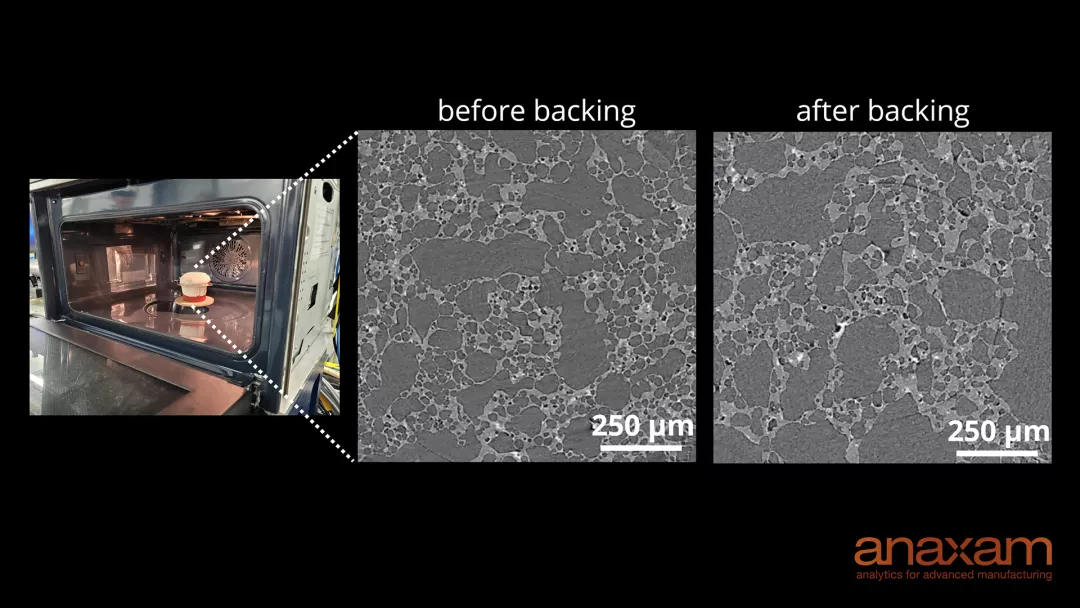In-situ investigation of air bubbles formation of convective and microwave-convective baked bread by high-resolution Synchrotron CT

RISE, Research Institutes of Sweden, is an independent, state-owned research institute. As an innovation partner for the entire society, RISE develops technologies, products, services, and processes contributing to a sustainable world and competitive industry. RISE collaborates with and on behalf of the academia, private and public sector. Particular focus is placed on supporting small and medium-sized companies in their innovation processes.
Bread is a worldwide staple food, and baking industries across the globe supply food to millions of people every day. The oven is the largest energy consumer in industrial bakeries, leading more companies to explore new ways of baking bread. The combination of microwave and convective baking offers an energy-efficient way to bake bread in a shorter processing time. It could potentially help the industry overcome the challenge of reducing baking times while at the same time maintaining desired bread volume and quality properties.
In this project baking of gluten-free bread have been in focus. The main challenges in industrial baking of gluten-free bread are related to achieving desired bread volume and shelf-life due to loss of network-building capacity from gluten which leads to loss of elasticity. However, an increased understanding of how gluten-free bread forms and stabilizes bubbles during baking is needed. A tailor-made microwave-convective oven was used to follow air bubble formation in the dough during baking by in-situ high-resolution Synchrotron CT. The results show temporal evolution of the bubble structure in 3D, their size, shape and bread’s porosity. The bubble structure evolution was then be correlated to starch properties, bread quality and process.
The applied material analytics of ANAXAM using in-situ high-resolution Synchrotron CT helps RISE to investigate bread structure during baking. The collaboration produced valuable results about how bread can be baked with more sustainable microwave-convective technologies and also on the differences in the structure and bubble development between a gluten-free bread and a conventional gluten-containing bread. The results are also significant since they provide a better understanding of how water is transported in bread and new knowledge that can support the development of processes to make bread fresher and, at the same time, extend its shelf life.
For this customer project, ANAXAM used the TOMCAT beamline at the Paul Scherrer Institute.
The rapidity of imaging at ANAXAM offers a visualization of 3D structure formation not possible elsewhere, giving us new knowledge of how bubbles form and stabilize in bread.”
Dr. Camilla Öhgren, Senior Scientist in Microscopy,RISE Research Institutes of Sweden


